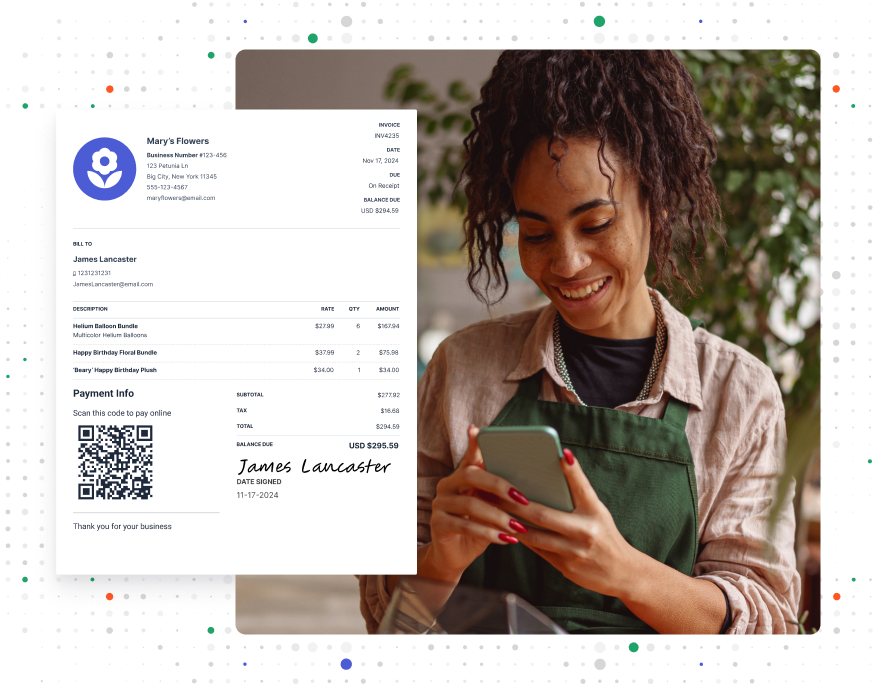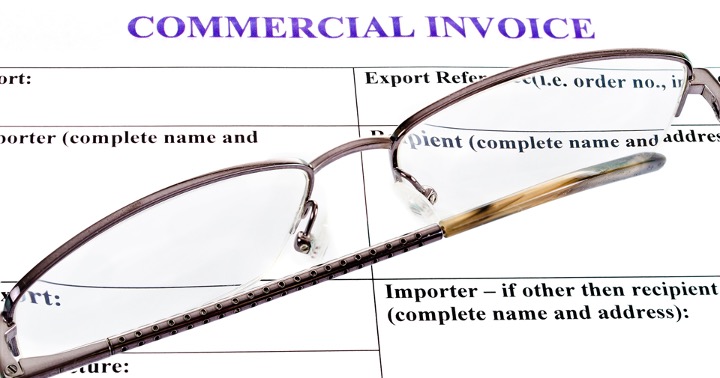Bill of Lading: Definition, Examples, and Why It’s Important

Ever wondered how millions of goods crisscross the planet every day without getting lost in the shuffle? The answer lies in a powerful yet unassuming document called the bill of lading.
A bill of lading is a key document in the shipping process. It acts as a receipt, a contract, and proof of ownership, all rolled into one. This paper trail helps keep track of goods as they move from seller to buyer, often across long distances and international borders.
Here’s what a bill of lading is, why it’s so important, and how it’s used in the shipping world.
What Is a Bill of Lading?
Think of a bill of lading as a super-powered shipping label. It lists important details about the shipment, including what’s being shipped, how much of it there is, where it’s going, and who’s sending it. It also includes information about how the goods should be handled and when they’re expected to arrive.
So, who issues bills of lading? These legal documents come from a carrier to a shipper. The carrier is the company that actually moves the goods, like a shipping line or trucking company. The shipper is the person or company sending the goods.
RELATED ARTICLE — Understanding Billing Cycles: Definition, Process, and Duration
The Importance of a Bill of Lading

A bill of lading is a lot more than just an address on a box. It’s a crucial document that keeps the wheels of international trade turning smoothly.
It serves three critical purposes:
- Receipt. When the carrier signs the bill of lading, they’re saying, “Yes, we’ve received these goods in good condition.” This adds accountability.
- Contract of carriage. This means it spells out the agreement between the shipper and the carrier about moving the goods, avoiding potential disputes down the line.
- Document of title. The bill shows who owns the goods being shipped. This is especially important when ownership needs to change hands during shipping.
RELATED ARTICLE — What Is a Commercial Invoice?
Who Uses Bills of Lading?
Let’s take a closer look at the key players in this crucial document’s journey.
A bill of lading starts its life when a carrier (like a shipping company) issues it to a shipper (the person or company sending the goods). But that’s just the beginning of its adventure. The shipper needs to sign the bill of lading to show they’ve verified what’s written on it. This includes details about the goods, their condition, and the shipping terms.
As the goods travel, the bill of lading travels, too. But not always with the goods themselves. The shipper usually sends it to the buyer or the bank handling the transaction.
When the shipment reaches its destination, the person receiving the goods (called the consignee) needs to present the original bill of lading to claim the shipment. It’s like a ticket you need to pick up a package—but a lot more important.
RELATED ARTICLE — Purchase Order Versus Invoice: Differences Explained
Types of Bills of Lading
Just as there are different types of ships and trucks, there are also different types of bills of lading. Let’s take a quick tour of the most common ones you might come across:
- Negotiable Bill of Lading. This type can be bought, sold, or traded while the goods are still in transit. It’s most common in international trade.
- Nonnegotiable Bill of Lading. When the bill names a specific recipient, it can’t be transferred to someone else.
- Claused Bill of Lading. This indicates that something’s not quite right with the shipment, like damaged goods or incorrect quantities.
- Clean Bill of Lading. The opposite of a claused bill, this shows that the goods were received in good condition.
- Uniform Bill of Lading. There’s a standardized form for a bill of lading, making paperwork easier for everyone.
- Inland Bill of Lading. Whether by truck or train, this form concerns goods traveling over land.
- Ocean Bill of Lading. As the name suggests, this one’s for international sea shipments. It covers goods traveling from one port to another.
- Through Bill of Lading. This type covers a shipment traveling both domestically and across international borders. It’s often required for export.
Bill of Lading Versus Sea Waybill: Differences Explained
You might have heard of another shipping document called a sea waybill. While it’s similar to a bill of lading and serves most of the same functions, there are some important differences. Let’s take a closer look at how these documents compare.
The main difference between a bill of lading and a sea waybill is in how goods are released at the destination. With a bill of lading, the person receiving the goods needs to present the original document to claim the shipment. A sea waybill, on the other hand, doesn’t require this. The carrier can release the goods to the person named on the waybill without seeing the original document.
Another key difference is that while a bill of lading can be negotiable, meaning it can be bought, sold, or traded while the goods are in transit, a sea waybill is always non-negotiable. This makes sea waybills simpler and faster to use, especially for shipments between trusted parties.
Bill of Lading Example

Now that you know what a bill of lading is and why it’s important, let’s look at an example to help you understand what information you might find on one.
Imagine a company called Sunshine Farms in California wants to send a shipment of almonds to a grocery store chain in Japan. It works with Pacific Shipping Lines to transport the goods. Here’s what the bill of lading might look like, roughly:
BILL OF LADING
PSL12345
Shipper: Sunshine Farms, Chico, California, USA
Consignee: Sakura Grocery Co., Tokyo, Japan
Description of Goods: 20 pallets of almonds
Total Weight: [Total weight of shipment]
Port of Loading: Port of Los Angeles, USA
Port of Discharge: Port of Tokyo, Japan
Carrier: Pacific Shipping Lines
The undersigned carrier acknowledges receipt of the goods in apparent good order and condition.
Carrier Signature: ___________________
Date of Issue: July 11, 2024
Terms and Conditions: [Summary of standard terms]
Actual bills of lading may contain more details or have different formatting. But this example gives a good general idea of how the information might appear.
Mastering the Bill of Lading: 5 Tips
Getting the bill of lading right is key for a smooth shipping process. Here are five tips to help you fill these documents out correctly:
- Complete All Required Fields. Don’t leave any blanks. Every piece of information matters, from the shipper’s details to the description of goods.
- Verify All Information for Accuracy. Double-check everything. Make sure names, addresses, and numbers are correct. Even small mistakes can cause big problems down the line.
- Provide Detailed Descriptions. Be specific about what you’re shipping. Instead of just writing “electronics,” write “20 laptop computers.” This avoids confusion and makes it easier to track your goods.
- Identify Hazardous Materials. If you’re shipping anything dangerous, like chemicals or batteries, include this information in the bill of lading. This helps keep everyone safe and compliant with regulations.
- Don’t Include False Information. Always be honest on the bill of lading. Giving wrong information, even by accident, can lead to legal trouble and shipping delays.
RELATED ARTICLE — Itemized Invoices: Definition and Uses
Create Estimates and Invoices Instantly
Bills of lading are critical documents. But as a business owner, estimates and invoices are just as important.
With Invoice Simple, you can get your invoicing done in minutes, not hours. Create estimates and invoices on the road or at home. Use the software to quickly add details such as discounts, payment instructions, and shipping details. Turn estimates into invoices with one click.
Start Your First
Invoice Today
Create customized and professional
invoices and connect with clients








